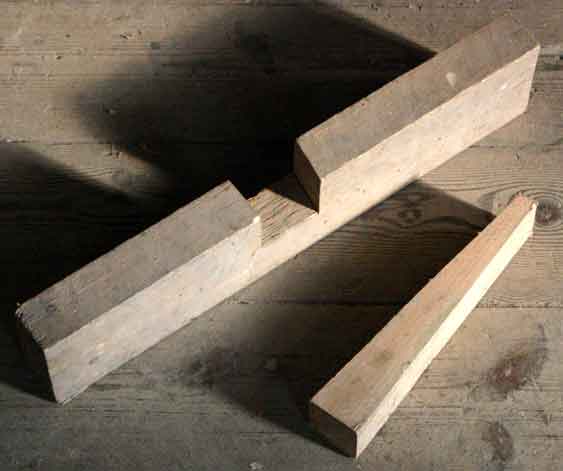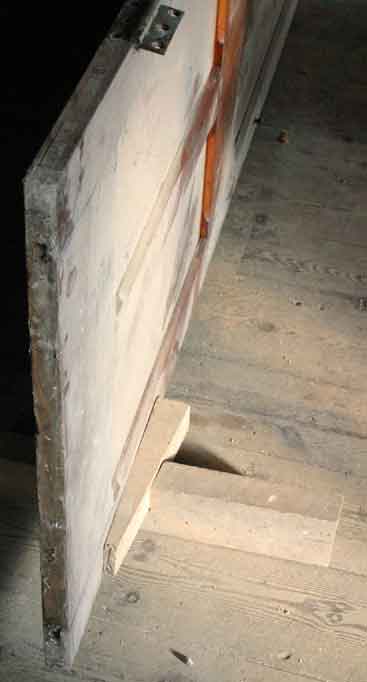blackrodd
Established Member
Jacob":lpl10mtn said:Just in case anybody doesn't already know this - the single most useful accessory to door fitting is the door prop wedge. You can plane the edges even if you are working on a narrow landing:


could do with a bit of dusting around here
That's a blast from the past!
Had a pair of these for years, but just use the workmate now, and a couple of strips on the floor.
Regards Rodders
































